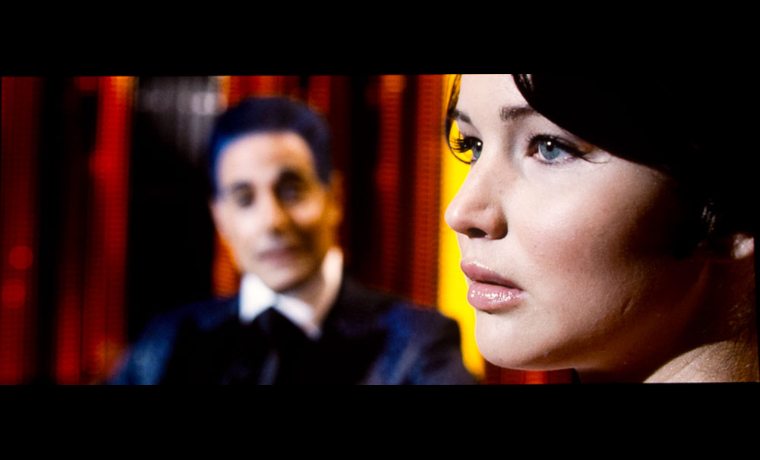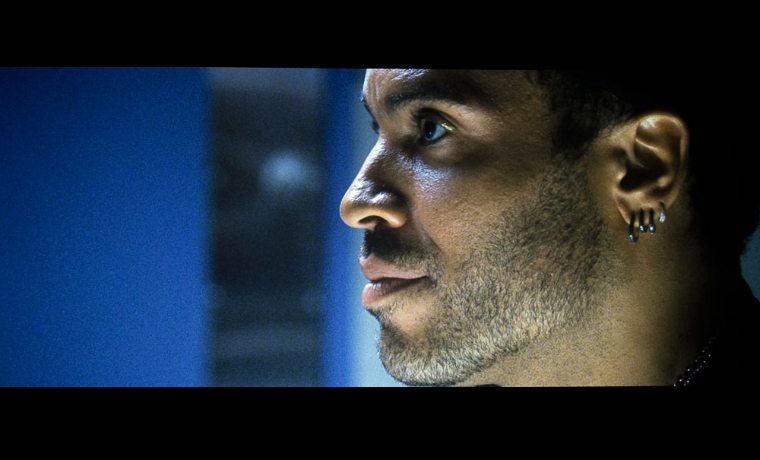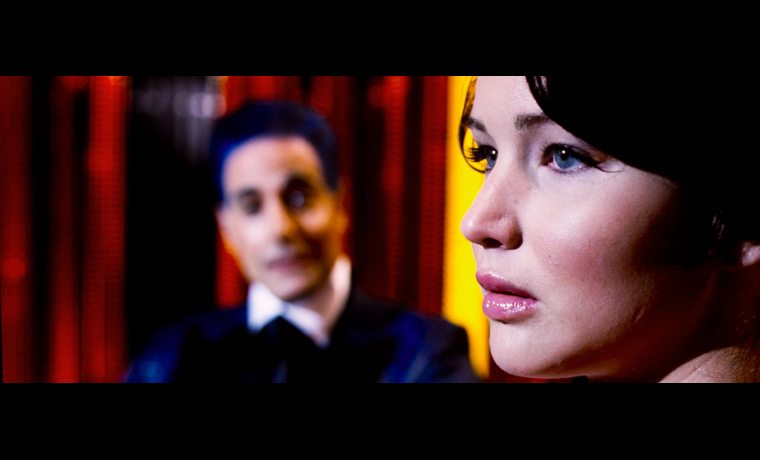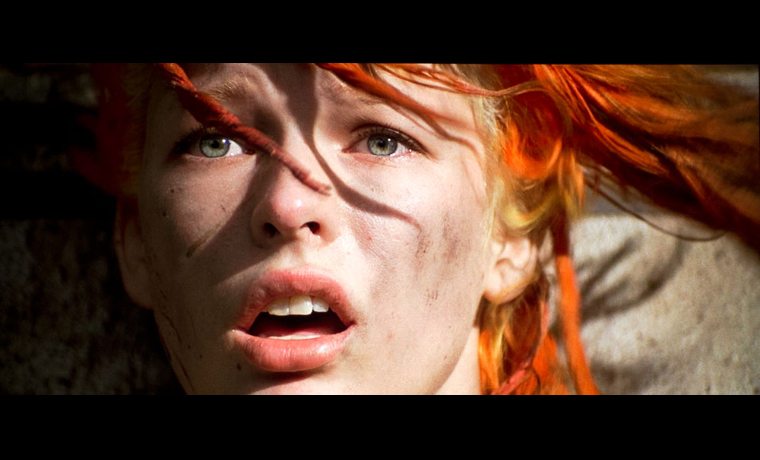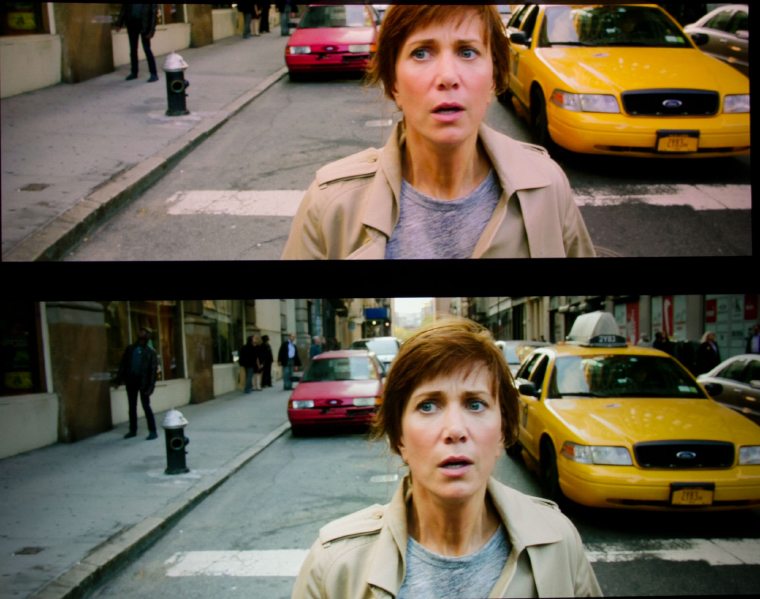Neither the Optomas nor the Vivitek have black level performance worth writing home about. One could also say that of the Epson HC4000 and PC4040. Slugging it out, the Optoma and Vivitek have a higher native contrast, but these two Epsons have what is probably the best dynamic iris in the business.
What that means, in comparison: Well, if you compare black areas in a medium bright or bright scene, the DLPs will have a slight edge, but if you are comparing on very dark scenes, where a dynamic iris is most effective and where better black levels is far more important, those two Epsons will take the day.
Now I haven’t seen the UHD60 Optoma close enough up to determine if the different color wheel lowers overall contrast and makes black levels a bit worse, but I will speculate that it's possible that it would. Still, I would not expect any significant difference, and since I can’t, let’s expect the UHD60 and UHD65 to be the same at black levels with a footnote that the UHD60 might not be quite as good.
That leaves the Epson Home Cinema 5040UB, which, when taking on the “lesser” Epsons, both Optomas, and the Vivitek, leaves them all in the proverbial dust.
Here’s an image where the Epson is projecting on the top, and the Optoma UHD65 on the bottom. It’s intentionally overexposed, but look at the background: the Optoma is medium dark gray due to the overexposure, but with the same amount of overexposure on the Epson 5040UB, you still can’t see the letterbox as being anything but black.

